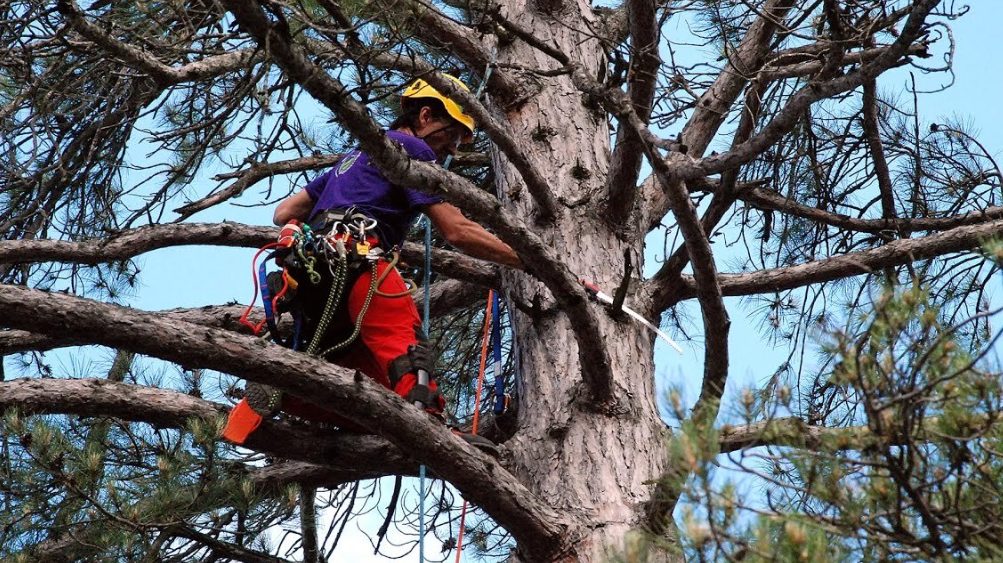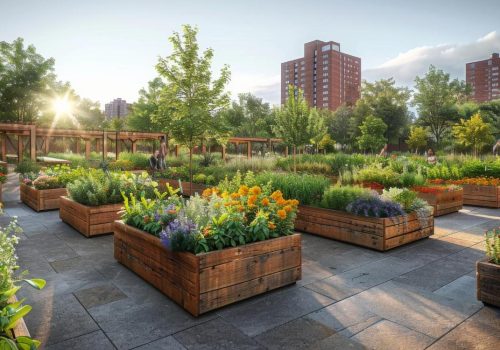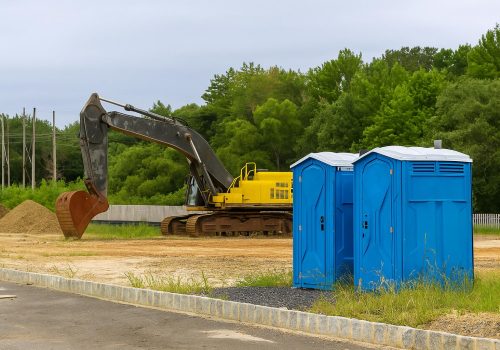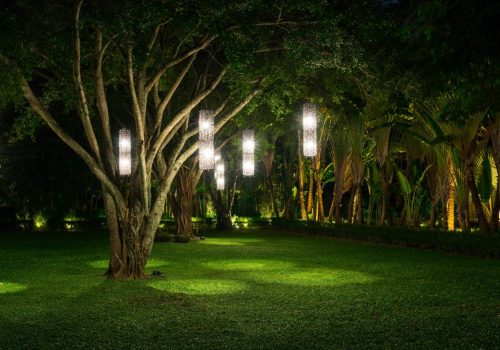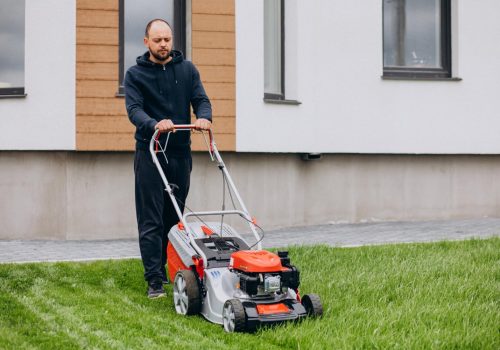How Modern Arborists are Changing the Urban Landscape
In the evolving world of urban development, arborists are playing a transformative role in shaping our cities and green spaces. Gone are the days when tree care professionals were simply tasked with pruning branches or removing hazardous trees. Modern arborists are now at the forefront of sustainable urban planning, using their expertise to integrate greenery into urban areas while addressing the challenges posed by climate change and urban sprawl.
1. Sustainable Urban Development
One of the key ways arborists are changing the urban landscape is through their involvement in sustainable development projects. By working closely with urban planners, they help design spaces that prioritise both human needs and environmental preservation. This includes recommending the planting of native tree species that support local ecosystems and absorb more carbon dioxide, which in turn improves air quality.
2. Advanced Tree Health Monitoring
Modern technology has given arborists new tools to monitor and assess the health of trees more accurately. Using drones, sensors, and Geographic Information Systems (GIS), arborists can now conduct comprehensive tree surveys without the need for invasive techniques. These tools help in detecting diseases, tracking tree growth, and preventing potential hazards before they arise. An arborist in Auckland, for example, can use these advanced techniques to identify trees at risk of falling due to poor root health or environmental factors, ensuring the safety of both people and property.
3. Climate Change Mitigation
As cities become more vulnerable to the effects of climate change, such as increased flooding and heat waves, arborists are increasingly involved in mitigating these impacts. By planting trees strategically, arborists create green canopies that help cool urban areas and reduce the heat island effect. Trees also play a crucial role in managing stormwater, as their roots absorb excess rainwater, reducing the strain on city drainage systems.
4. Community Engagement and Education
Modern arborists are also dedicated to educating the public about the importance of trees and how they contribute to the well-being of communities. Through workshops, community tree-planting events, and educational campaigns, arborists are helping to foster a culture of environmental stewardship. They emphasise the long-term benefits of tree care, encouraging people to view trees as valuable assets that require ongoing maintenance and protection.
Today’s arborists are far more than tree care specialists; they are integral to the design, health, and sustainability of urban landscapes. Through their expertise in tree management, environmental planning, and community engagement, arborists are shaping the future of cities, ensuring that greenery remains an essential part of our urban environments for generations to come.

